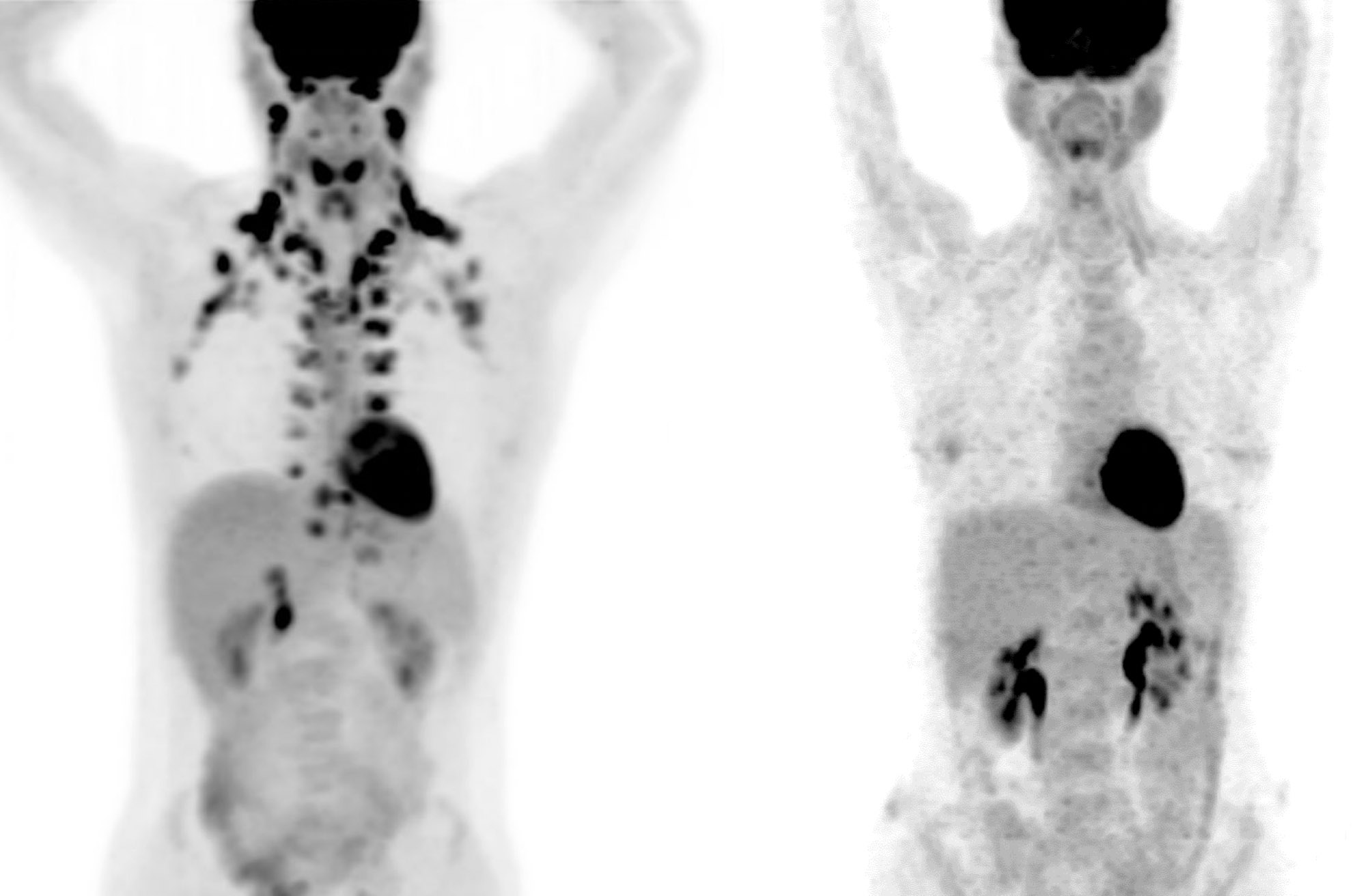
(Courtesy of Andreas G. Wibmer and Heiko Schöder)
Brown fat is that magical tissue that you would want more of. Unlike white fat, which stores calories, brown fat burns energy and scientists hope it may hold the key to new obesity treatments. But it has long been unclear whether people with ample brown fat truly enjoy better health. For one thing, it has been hard to even identify such individuals since brown fat is hidden deep inside the body.
Now, a new study in Nature Medicine offers strong evidence: among over 52,000 participants, those who had detectable brown fat were less likely than their peers to suffer cardiac and metabo...
Read More








Recent Comments